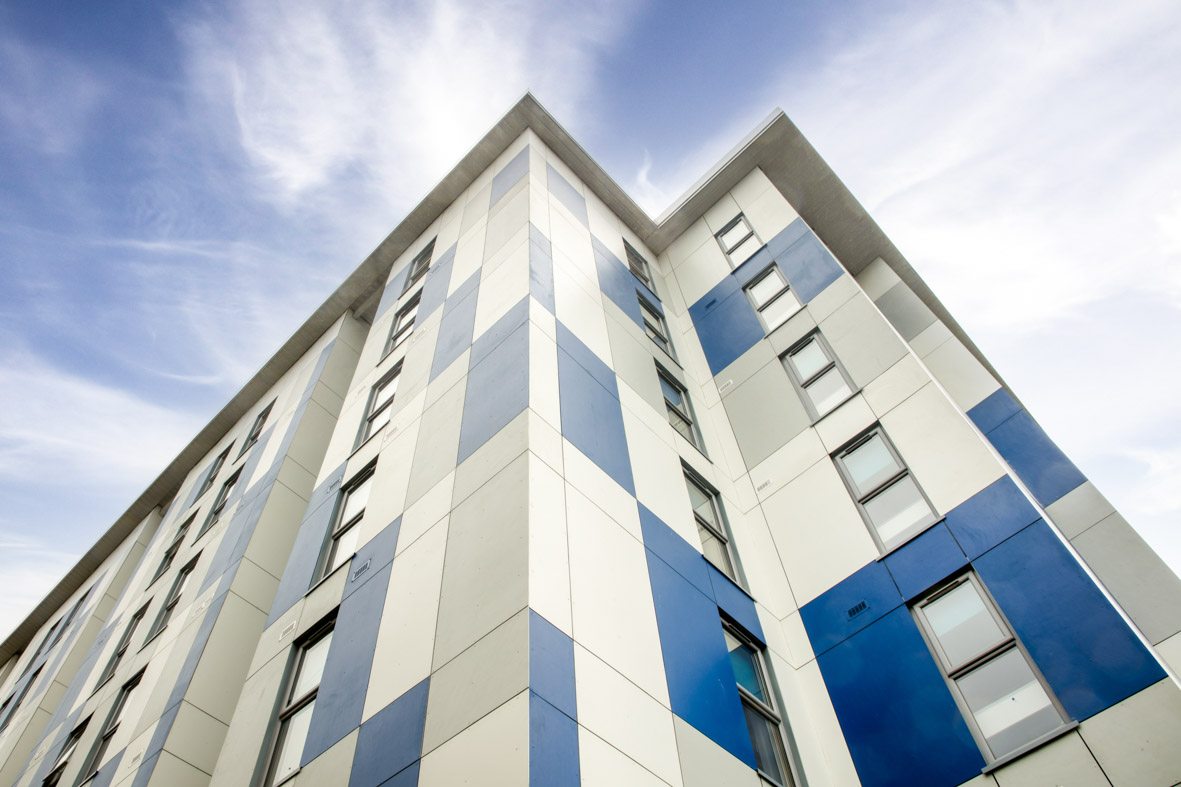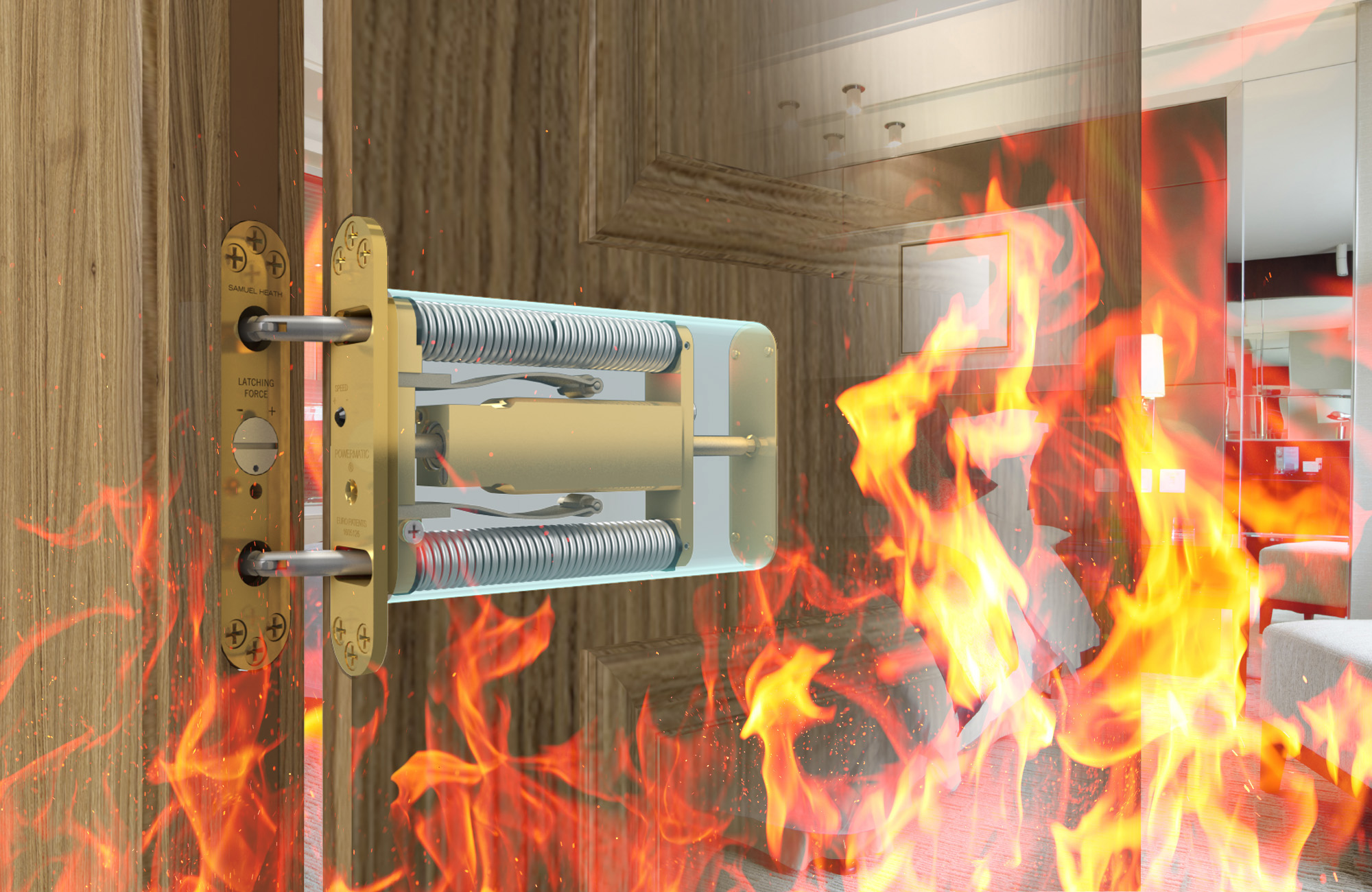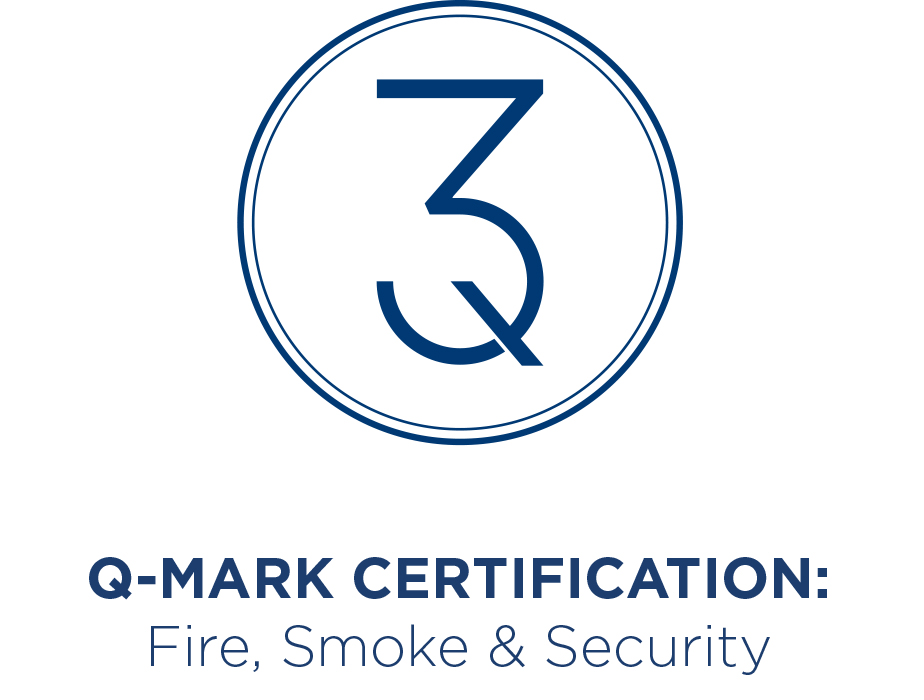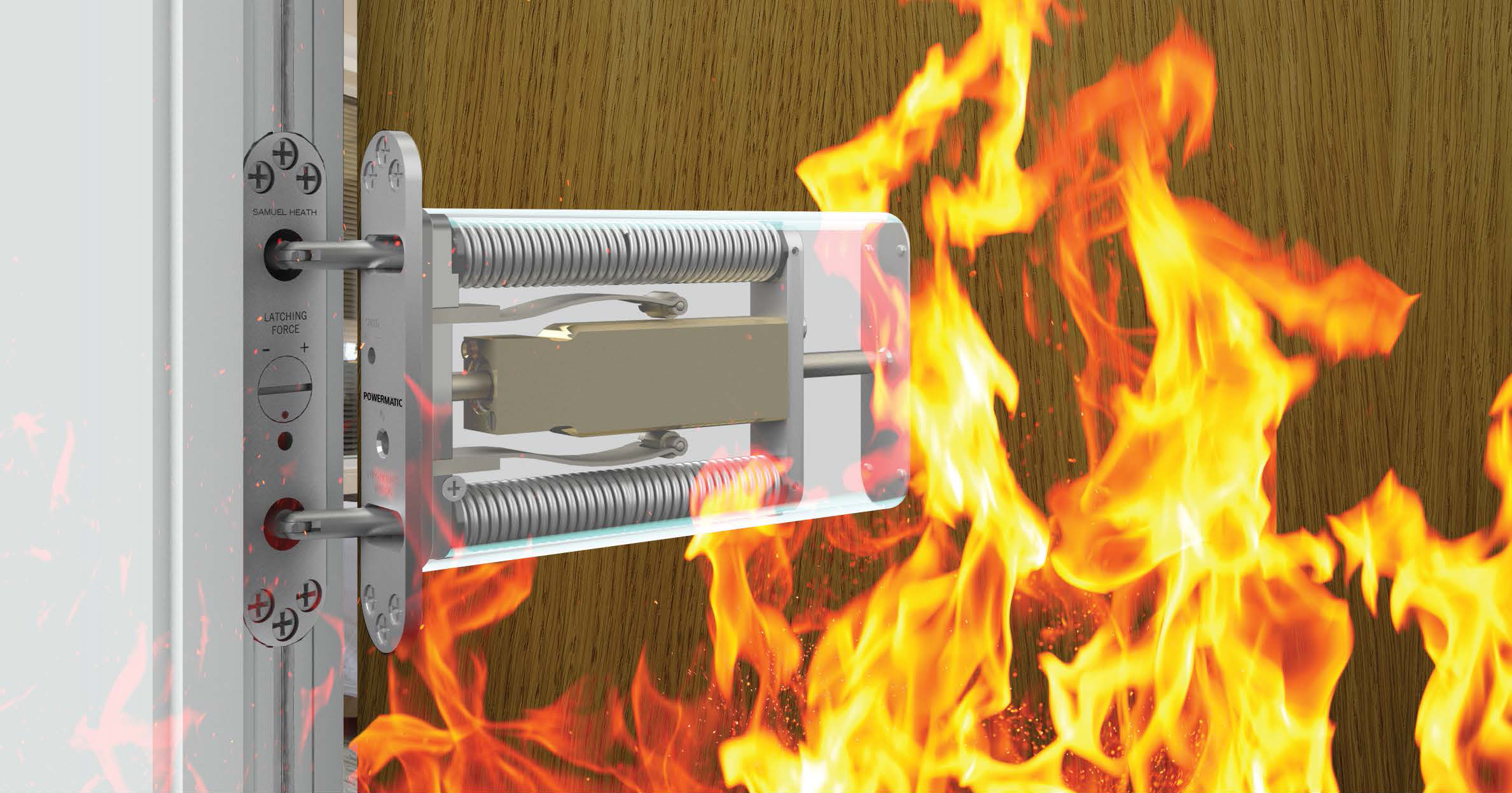Balconies, upstands and terraces… fire safety across the entire building envelope
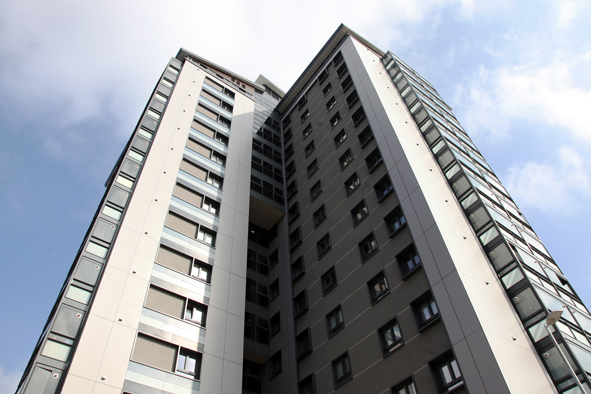
The conversation around fire safety in high rise developments has never been more critical, and much attention is being given to the building materials used across large expanses such as façades and flat roofs. To achieve regulatory compliance, however, it’s crucial to pay attention to each and every detail. Will Wigfield, Product Manager – Building Envelope, ROCKWOOL UK, examines the fire safety implications of external amenities above ground level such as balconies, upstands and terraces, and discusses product certifications which help stakeholders to achieve the required performance.
















